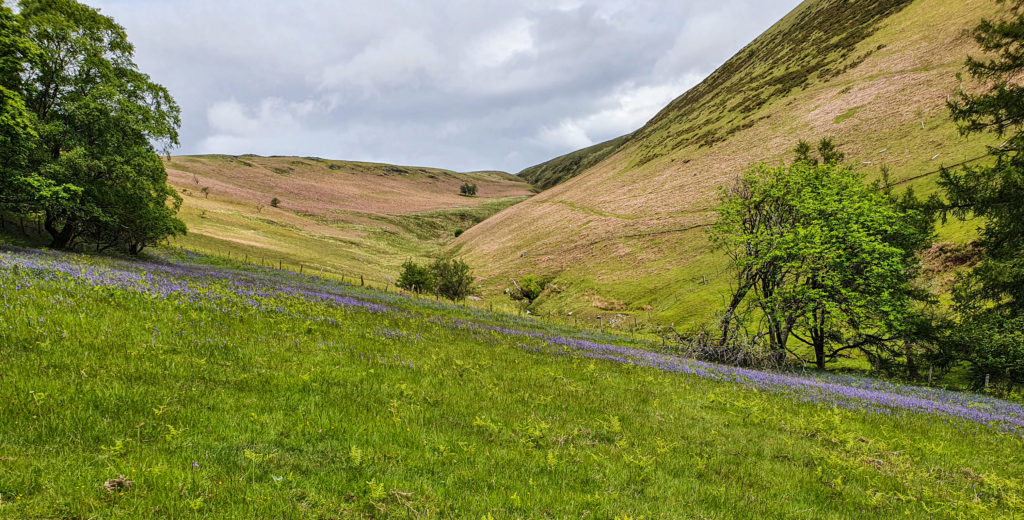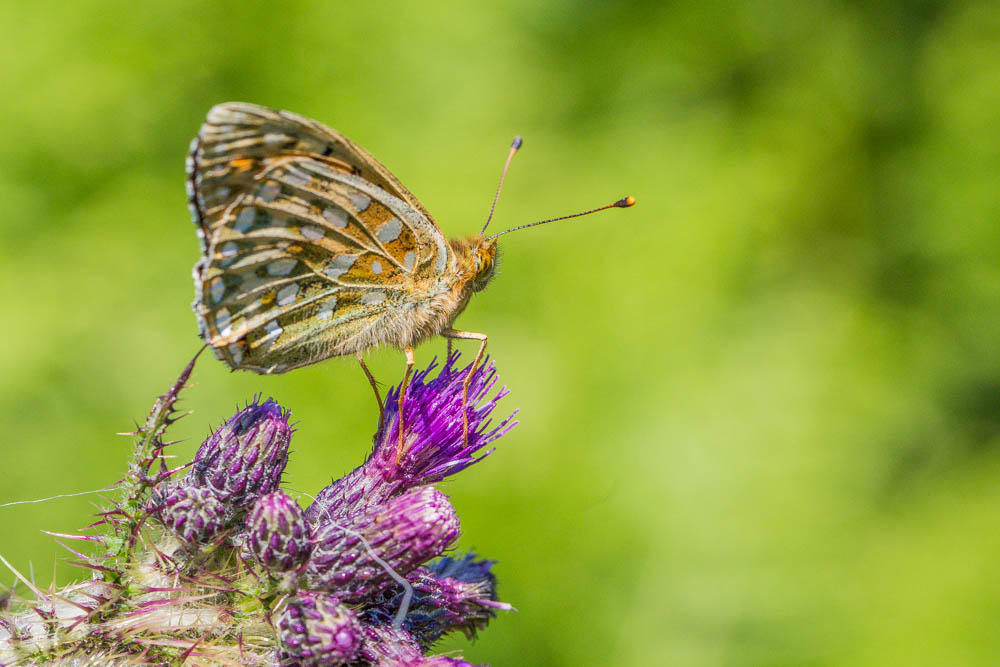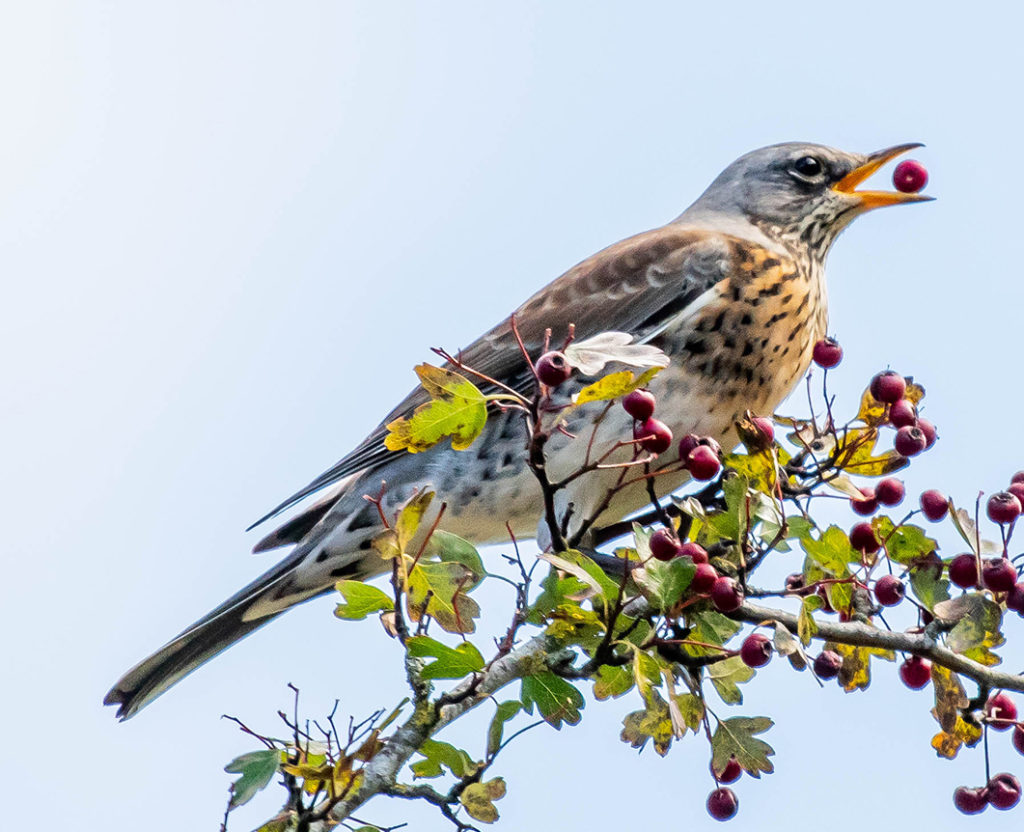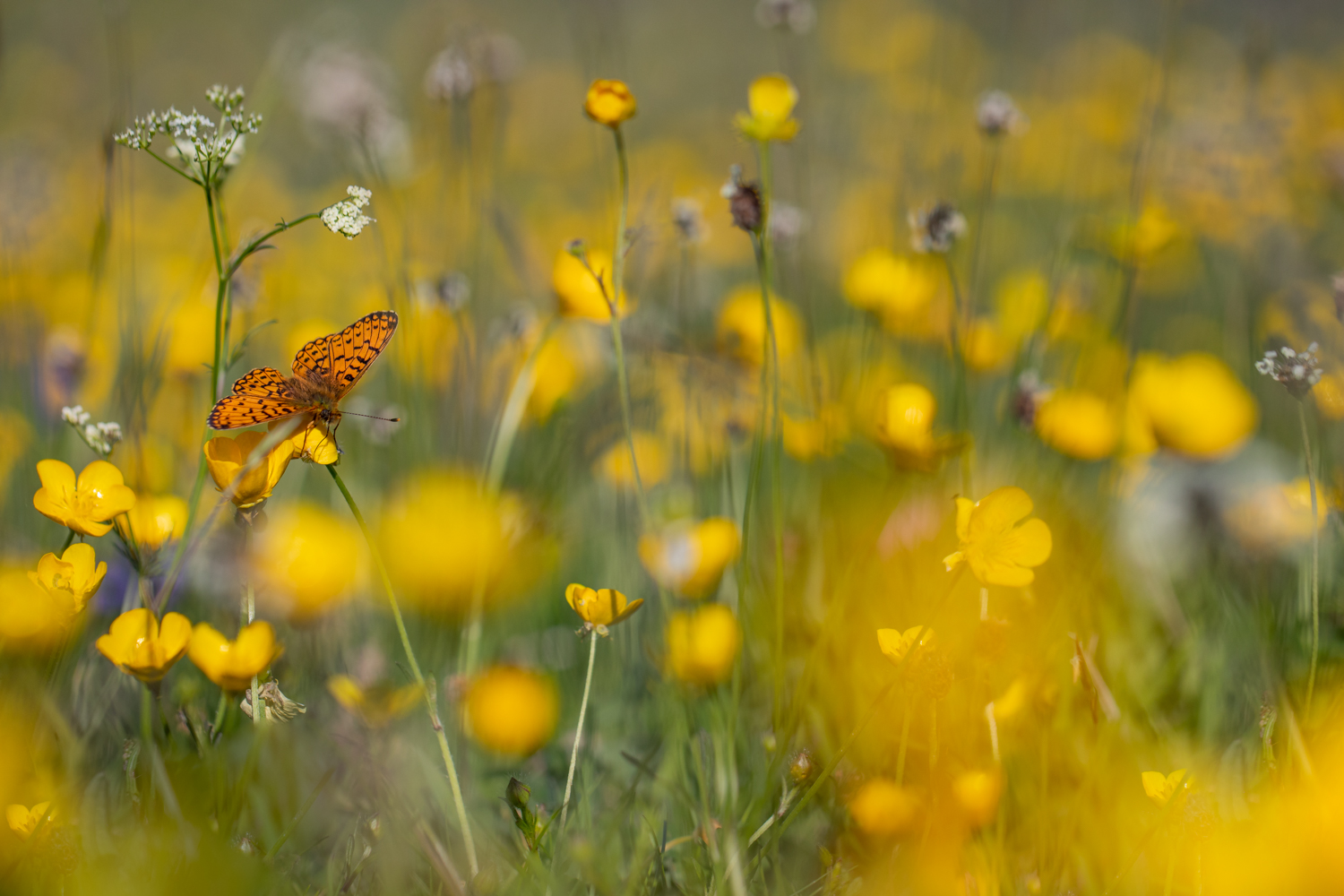
Ffridd (coedcae): A habitat on the edge!
Our trees form semi ancient natural woodlands, conifer and ffridd on the Estate. But what is ffridd (Coedcae)? It is a diverse mixture of grass and heathland with bracken, scrub (often hawthorn and gorse) or rock exposures and may also include flushes, mires, streams and standing water.
The first written usage of the habitat ffridd dates back to the 14th Century in Wales and it has come from the Middle English word ‘Frith’ meaning woodland or wooded countryside. The Welsh ‘ffridd’ may originally have had a ‘woody’ connotation, similar to that of the word ‘Coedcae’, meaning wood or trees within a field.
It is a habitat which is a very important component of the Welsh countryside, with an historic, cultural, wildlife and visual importance. The ffridd is an important ‘corridor’ in the countryside and provides a link between lowlands and upland which helps animals and plants move around, shelter and provides a vital food resource.
In the Valley the ffridd provides essential home to the Welsh Clearwing moth, Climbing Corydalis Weevil, Small Pearl Bordered and Dark Green Fritillary. Moths and butterflies depend on our ffridd as it has this mosaic of open canopy bracken, flower rich patches, scree and damper areas.
Birds such as stonechat, Whinchat, tree pipit, Ring Ouzel and fieldfare are found within ffridd. Along the tops of the hills and ffridd it is common still to hear the cuckoo during the month of May and to glimpse Merlin as they hunt in the trees and moorland for meadow pipits. Under the bracken and within the grasses there are important assemblages of grassland fungi and lichens to be discovered.


Early in the breeding season, ring ouzels can be found foraging for invertebrates on closely grazed grassland, and patches of bracken which provide them with cover. Later in the season, they feed on rowan and hawthorn berries, so a mosaic of both vegetation type and structure is critical to their breeding success. Though it has been a number of years since Ring ouzel have been recorded as still breeding the habitat being maintained in good condition is vital.
Ffridd supports significant lichen interest in many parts of Wales, mainly associated with rock habitats (outcrops, boulder & scree). A number of nationally scarce species seem particularly associated with upland fringe of low to middle elevation.
Some of our mammals such as the badger and fox choose the bracken and sloping land to create their homes under cover. There is an abundance of voles and shrews.
Ffridd in the Elan Valley has an important job of connecting the woodland areas together and creating the continuous means for animal movement. Much ffridd is located on the tenanted farms and links the land together. Much work had been undertaken by farmers to plant up areas of ffridd in the catchment.
So as you next drive around the Elan and Claerwen Valleys take a little upward glance and a little note of this important habitat above the roads in which you drive.
